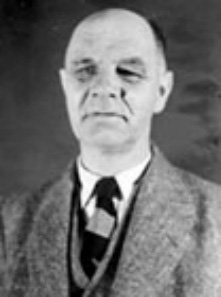| Profile | Major Works | Resources |
Frank Dunstone Graham, 1890-1949.

Born in Halifax, Nova Scotia, Frank D. Graham initially initially studied at Dalhousie university in Canada. Graham received his Ph.D. from Harvard in 1920, producing a dissertation on international monetary economics under Frank A. Taussig. Frank D. Graham went on to become professor of economics and international finance at Princeton University from 1921 until his retirement in 1945.
Frank D. Graham's two early papers on international trade (1923, 1930) prompted a sort of revolution in both international trade theory and general equilibrium theory - or rather, united them. Criticising the consistent use of two-sector, two-country models to illustrate international trade proposition, Frank Graham proposed instead to verify whether the basic "Classical" or Ricardian theorems of international trade would be compatible with multi-country, multi-commodity, multi-sector trade - in short, could they be obtainable within what effectively was a general equilibrium model? It was in solving to "Graham's Model" that Lionel McKenzie (1954) introduced the first proof of existence of a general equilibrium via a fixed-point theorem.
In later years, in conjunction with Benjamin Graham, Frank Graham became a proponent of the adoption of a "commodity reserve currency" (1940, 1941, 1943, 1946, 1948) replacing the single-commodity currency backing in force in the Gold Standard (which he criticized endlessly) with a basket of commodities. Much of this scheme tied in with Graham's work on the promotion of full employment, which he tied together in Social Goals and Economic Institutions (1948), a magnificent tome on political economy.
|
Major works of Frank D. Graham
|
|
HET
|
|
Resources on Frank Graham
|
All rights reserved, Gonšalo L. Fonseca
